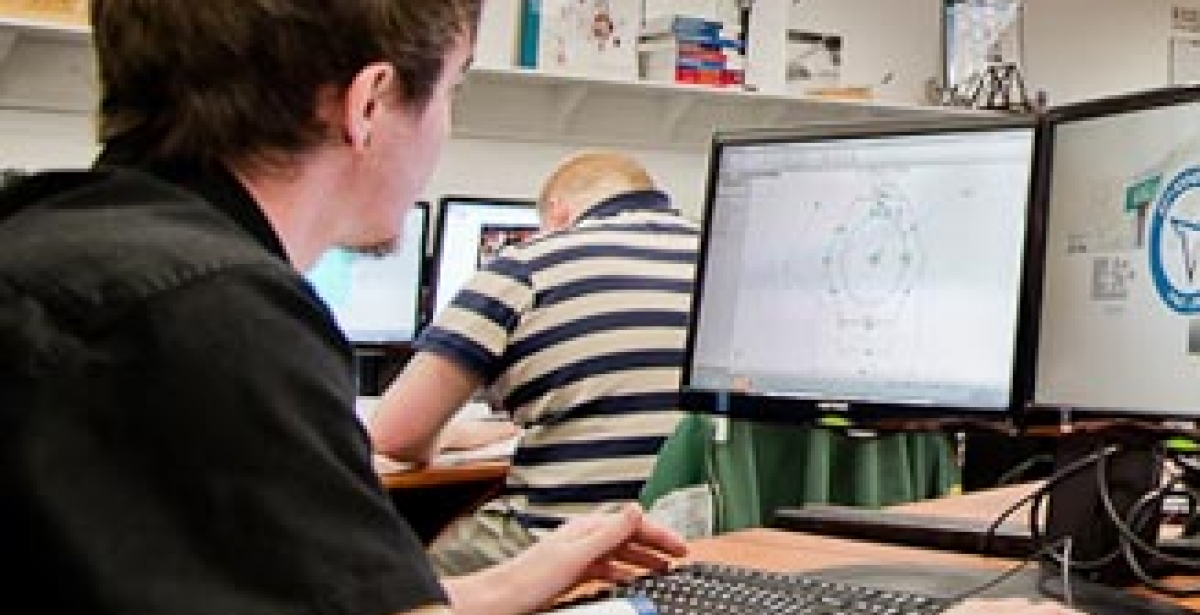
Three career paths you can choose in the CADD field
Would you believe it if someone told you that a television and a spaceship were both conceptualized and initially designed in the same ways? Computer Aided Drafting and Design (CADD) is responsible for the beginning stages of some modern technologies we enjoy today proving that CADD’s concepts and skills are far-reaching.
Find out which careers you could pursue when you receive CADD certification.
Architectural
Architectural drafters use sophisticated computer programs to assist engineers or architects in creating homes and other structures by using technical specifications to create a design concept.
At YTI Career Institute, you will be taught a variety of CADD programs like AutoCAD, SolidWorks, and Autodesk Revit. This knowledge will help you to create the 2D/3D designs the engineers and architects depend on.
Civil Engineering
Civil engineering CADD drafters are vital to our society because they help to create the familiar structures we use day-to-day like bridges and highways. Everyone involved with the project depends on your CADD drawings and will use them to analyze, build and document the structure.
CADD professionals in the civil engineering field prepare the drawings and maps civil engineers use for their large-scale projects. They are counted on to not only prepare the drawings, but to collect the topographical data necessary for them.
Mechanical
A mechanical CADD drafter creates the technical drawings required in industries like manufacturing or production. Using CADD software, drafters prepare drawings for machinery and other related industries.
Does a flexible career in drafting sound like the right choice for you? You could receive your diploma in less than 21 months with our CADD program at YTI Career Institute.
Winter Term classes begin on January 25 at YTI Career Institute. For more information on how you can enroll, visit YTI.edu or call 1-800-795-0971.


